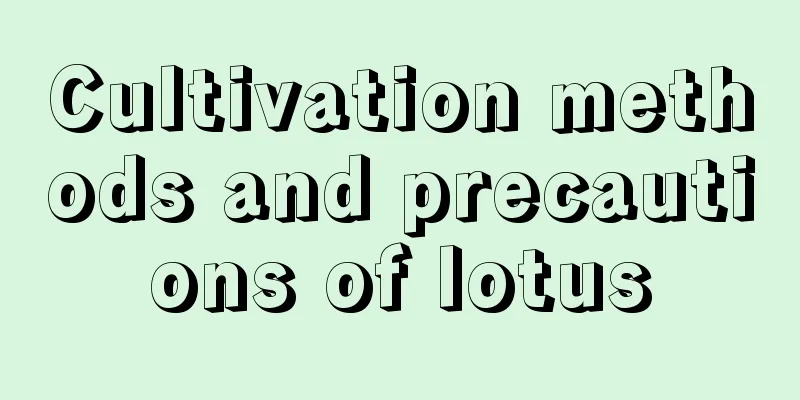Homemade potting soil

Materials for preparing potting soilGarden soil (garden soil, farmland soil)This is ordinary cultivation soil. Because it is frequently fertilized and cultivated, has high fertility and good aggregate structure, it is one of the main raw materials for the preparation of cultivation. Sandy loam soil with a surface layer that has been used to grow vegetables or legumes is best. Leaf mold (humus soil)The culture soil made by mixing leaves and weeds of various plants into garden soil, adding water and human feces and urine, and then piling up and fermenting it is acidic. It must be exposed to the sun and sieved before use. LandslideThis is a natural humus-containing, loose soil with acidic properties. Compared with Huangshan mud and Heishan mud, the former has a heavier texture and contains less humus. It is often used as the main cultivation material for acid-loving flowers such as camellia, orchid, and azalea. River sand (plain sand)It has good drainage and air permeability. When mixed into heavy clay soil, it can improve the soil physical structure and increase soil drainage and air permeability. It can be used as a material for preparing culture soil, or as a medium for cuttings or sowing alone. When sea sand is used as culture soil, it must be rinsed with fresh water, otherwise the salt content will be too high and affect the growth of flowers. plant ashThe ash from burning rice straw or other weeds is rich in potassium fertilizer. Add it to the culture soil to make it well-drained, loose soil, and increase the potassium fertilizer content to make it alkaline. bone mealIt is a fertilizer powder made by grinding and fermenting animal bones, which contains a large amount of phosphorus fertilizer. Wood chips (sawdust)It has all the soil conditions required for potted flowers: loose and breathable, good water retention and water permeability, strong heat preservation, can reduce the temperature difference in the pot between day and night, light weight, and clean and hygienic. Neutral and slightly acidic. It cannot fix plants when used alone, so it is often mixed with other materials. Specific approachPine leaf soilA layer of fallen leaves accumulates under the larch trees every autumn and winter. The leaves of larch are small, flat, light, soft and easy to crush. After being accumulated for a period of time, these fallen leaves can be used as materials for cultivation, and are especially ideal for cultivating rhododendrons. methodGather fallen leaves and topsoil from the larch trees, pile them up for 1 to 2 winters, sieve them to remove stones and broken branches, and make sure they are compacted when using. Larch leaves can also be used as a material for preparing acidic, slightly acidic and loose and permeable culture.
|
<<: When does Phalaenopsis bloom?
Recommend
Which variety of bougainvillea is the most beautiful?
1. Tongan Red Bougainvillea Tongan red bougainvil...
Illustration of water spinach pot plant cuttings
Water spinach cutting conditions temperature Best...
I went to visit my sister's house and was stunned by the green radish in her house.
Pothos I believe that you have seen a lot of gree...
Tips for high yield of loofah
The loofah originated in tropical regions and pre...
Can moldy flour be used as fertilizer?
Moldy flour as fertilizer Moldy flour can be used...
What does lavender mean?
1. Waiting for love Lavender has a very beautiful...
How many years does it take for an osmanthus tree to bloom? What is the reason for it not blooming?
1. How many years does it take to bloom? 1. Seedi...
The language and symbolism of ivy
The Flower Language of Ivy The flower language of...
What crops are suitable for growing in Yuncheng?
What crops are suitable for growing in Yuncheng? ...
How to grow coffee orchid
1. How to raise 1. Light: Coffee orchid likes to ...
How to grow bamboo so its leaves don't turn yellow
1. Water appropriately It likes moist soil but is...
Is Aspidistra suitable for indoor cultivation?
1. Is it suitable for indoor cultivation? It is v...
When does loquat mature and become available on the market?
Loquat is native to my country, also known as Luj...
Methods and steps for growing onions on the balcony How to grow onions on the balcony
It is good to plant onions on the balcony. You ca...
How to propagate elderberry by cuttings
Cutting method Choose the soil We usually choose ...









